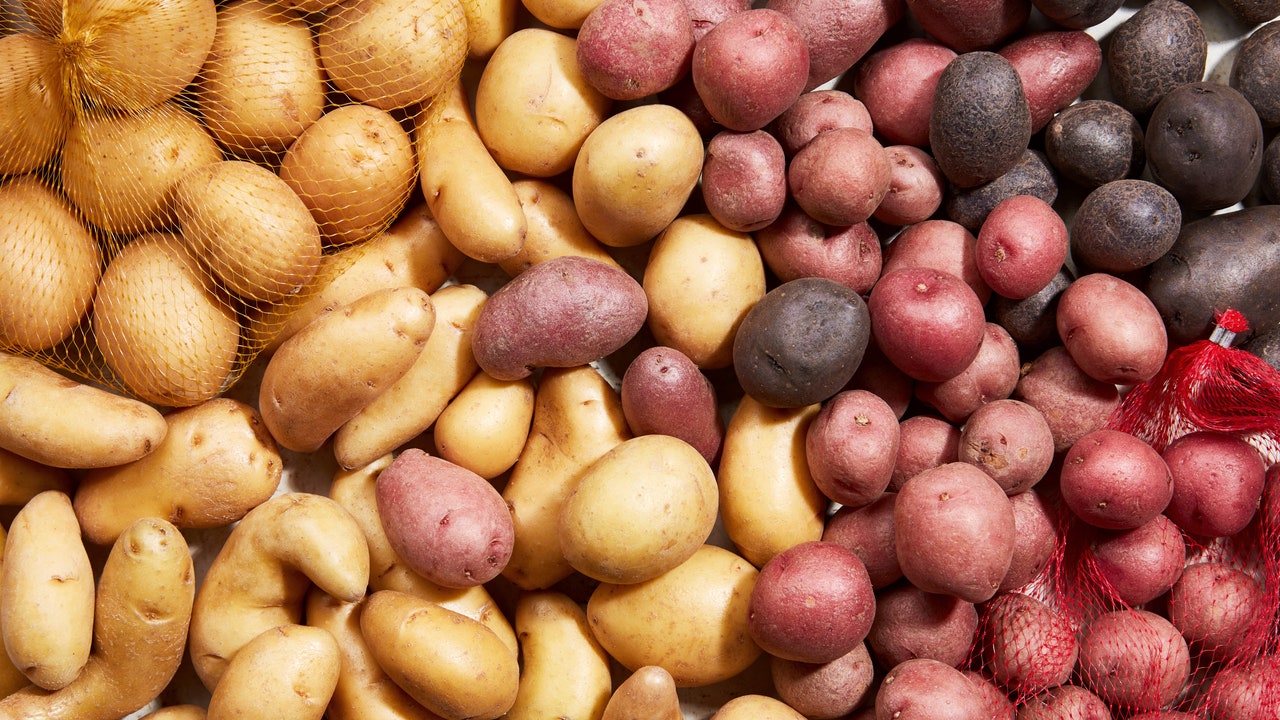One evening in September 1969, the students of a South East London day school for boys fell ill after consuming lunch.
Initially, the boys complained of stomach pain and nausea, but their symptoms quickly worsened. Some experienced vision loss, hallucinations, fainting, and shock. A total of 78 boys fell ill, with 17 requiring hospitalization. The culprit? Old potatoes.
Potatoes, members of the nightshade family, contain glycoalkaloids solanine and chaconine, which can be toxic if consumed in large quantities. Exposure to light can lead to the development of these toxins, causing symptoms like headache, vomiting, and even death.
The USDA recommends peeling green potatoes to remove the toxic compounds. Cooking does not eliminate solanine and chaconine, so it's best to discard any potatoes with a greenish tint.
Proper storage of potatoes in a cool, dark environment is essential to prevent the buildup of toxic compounds. It's crucial to be cautious when handling potatoes to avoid solanine poisoning.
